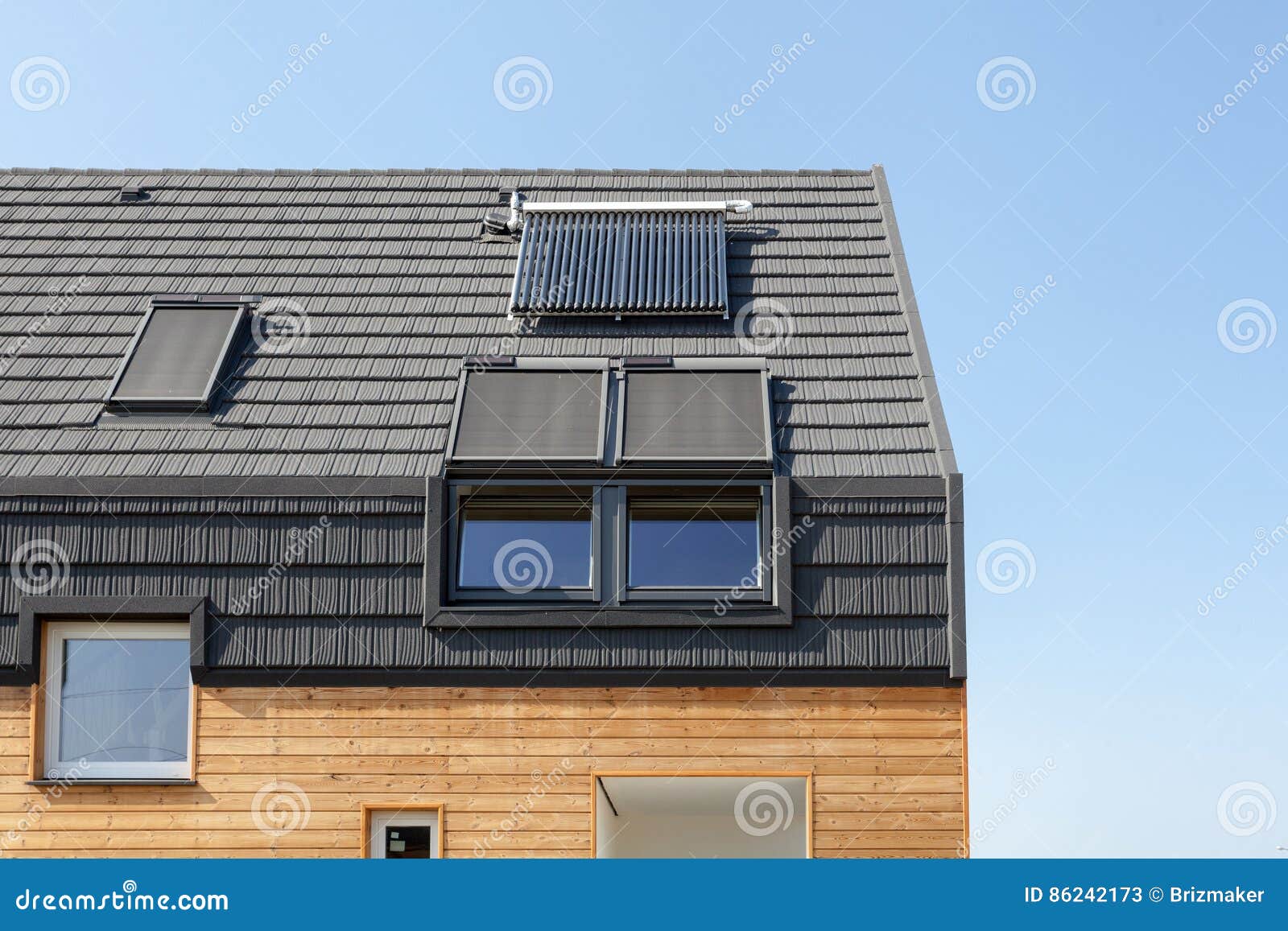Unlocking Potential: Attic Flooring Solutions for Maximum Space Venture into the often-underutilized realm of your home: the attic. With the...
Ventilation strategies
Innovating for Sustainability: Energy-Efficient Roofing Designs As our world becomes increasingly focused on sustainable practices, every aspect of construction and...






